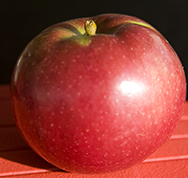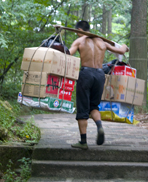There is an ancient vine growing on a trellis in my backyard. Each spring, some runners reach up for the stream of water that runs along the gutter and each summer, I prune the vines off the roof. It occurred to me that for the sake of order, I was cutting the longest, strongest, and most adaptive stems, and although the plant survives, I’m discouraging the plants full potential and may be missing the best flowers.
Forbes asks: Are people too smart to be creative?
Companies can’t have too many captains and can’t have too many stray vines. Employees are encouraged to keep the status quo and stay aligned with company goals. How do you remain professional without sacrificing creativity? Understanding the mission, adhering to culture, dress, using proper language, grammar, being on time, and keeping to schedules all help your ideas to be accepted without sacrificing your creativity. Bounce ideas off trusted friends before making them public. Look for the formal or informal paths for innovation that allow for review and selection of new ideas worth implementing.
Understanding culture and paths for innovation allows you to climb the trellis and flower without being clipped. How do you create within an organization?




